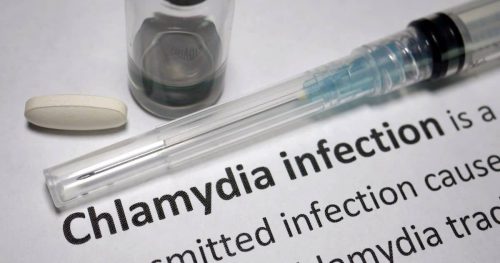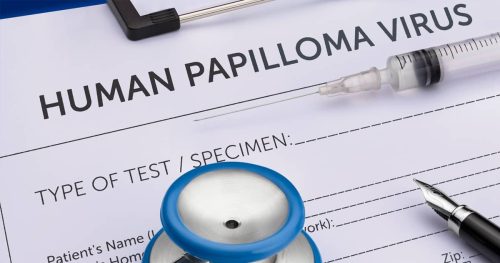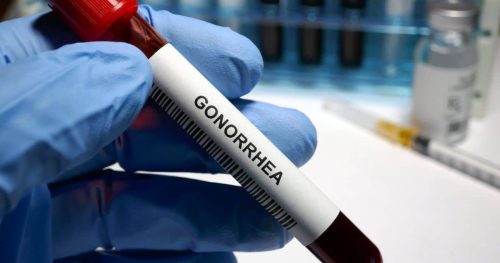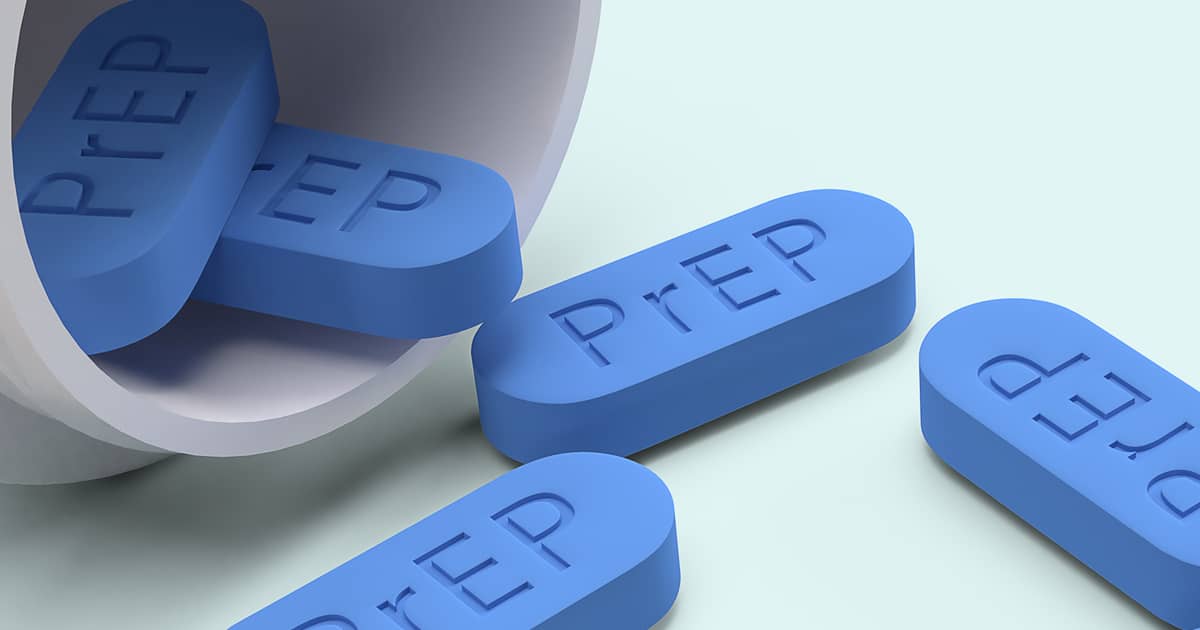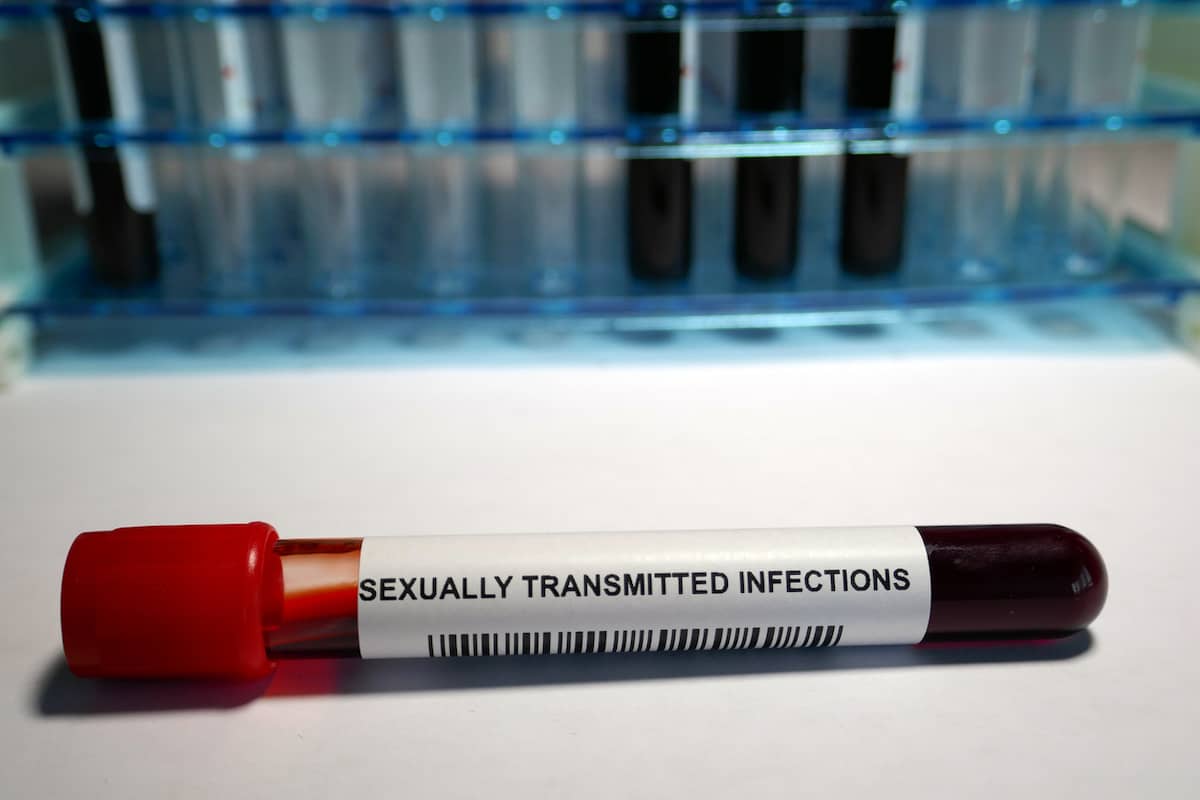In this article, we’re shining a light on Chlamydia’s early symptoms, revealing the signs you shouldn’t overlook. We’ll also explore why quick treatment is pivotal. Unveiling this knowledge is the first line of defence against complications. So, let’s get informed together, shall we?
Continue readingPost Category → #STD
What Is HIV Drug Resistance and How Does It Affect Treatment Protocols
As antiretroviral medications used for the treatment of HIV are becoming more widespread, so is HIV drug resistance. A percentage of HIV-positive individuals demonstrates complete or partial resistance to some of the most common classes of ART medications. That resistance is caused by changes in the human immunodeficiency virus genome.
Continue readingHPV: Unmasking the Silent Pandemic and Its Deadly Impact
Delve into human papillomavirus (HPV) – a prevalent but largely overlooked global pandemic, responsible for various types of cancer. Learn about vaccines, prevention and more.
Continue readingEverything You Need to Know About Oral Chlamydia
Antibiotic-resistant gonorrhoea is becoming a major health concern. Over the past eight decades, the bacterium has become broadly resistant to many of the medications used as a first line of defence. A brand new antibiotic is establishing itself as a safe and effective treatment option, even in the case of multi-drug resistant gonorrhoea.
Continue readingHope on the Horizon for the Treatment of Antibiotic-Resistant Gonorrhoea
Antibiotic-resistant gonorrhoea is becoming a major health concern. Over the past eight decades, the bacterium has become broadly resistant to many of the medications used as a first line of defence. A brand new antibiotic is establishing itself as a safe and effective treatment option, even in the case of multi-drug resistant gonorrhoea.
Continue readingIt’s Time to Re-evaluate the Media Discourse Around HIV and AIDS
Over the past 40 years, media have depicted the HIV pandemic in a very particular way. This portrayal has taken away from the voice of those most affected by HIV and AIDS – members of marginalised communities. Experts believe it’s time to change the narrative and focus on much better representation.
Continue readingNew UNICEF Report: Adolescent Girls Most Affected by HIV
The world has reached a number of important milestones in the fight against the HIV pandemic. As a result, the number of new infections has been going down steadily. Unfortunately, certain demographics have remained vulnerable. Teen girls are one of those groups, being two times more likely than boys to become HIV-positive.
Continue readingReal-World Analysis Demonstrates Effectiveness of HIV PrEP
HIV PrEP has been around for numerous years, providing at-risk groups with an excellent HIV prevention opportunity. A new clinical study has recently been released, confirming everything that we already know about PrEP and establishing its exceptional level of effectiveness.
Continue readingThe Most Important Films and Books about HIV and AIDS
Reading about the HIV pandemic or watching movies that focus on the topic can be incredibly enlightening, especially if you don’t like going through scientific texts. Numerous amazing productions and works of literature discuss HIV and AIDS, giving audiences a deeper look at what the virus has done to people across the globe.
Continue readingFirst Rapid STD Test Performs Impeccably, Bright Future for the New Technology?
Rapid tests for some common STDs like gonorrhoea and chlamydia aren’t typically used. The ones available right now are either unreliable or very expensive. That may be about to change as a research team from the US has managed to develop a rapid STD test that exhibits 100 per cent sensitivity in clinical trials.
Continue reading
